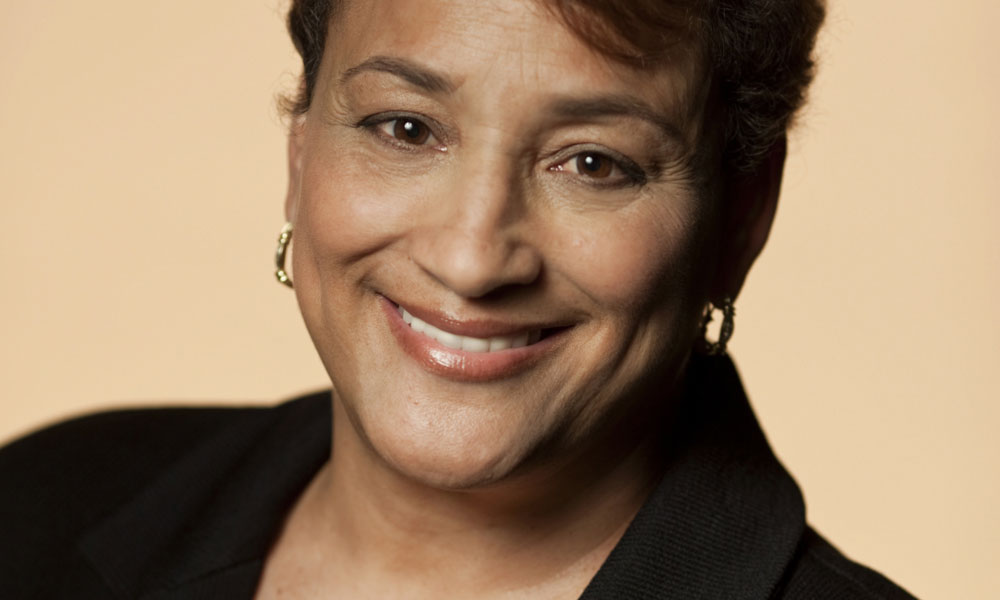
Embracing Age Diversity Is “Continuing Journey” for Employers, Says AARP Leader
With four generations in the American workforce, intergenerational diversity poses challenges for many organizations. At ASAE’s Finance, HR, and Business Operations Conference this week, a top AARP executive offered strategies to help businesses successfully adjust to an aging workforce.
Challenges around diversity in the workplace are nothing new. Though the specifics may evolve, businesses and organizations are constantly adapting to changing demographics in the workforce, which, for many now, is a growing population of older workers.
Embracing diversity has been a long and continuing journey for employers in all sectors across America, and it has taught us that the power of inclusion and diversity is America’s strength.
The simple fact is that the workforce is aging, said AARP COO—and future CEO—Jo Ann Jenkins at ASAE’s 2014 Finance, HR, and Business Operations Conference on Wednesday. And as history shows, organizations that fail to adapt to societal changes risk stagnation.
“Business and organizations are struggling to find ways to manage their intergenerational workers,” Jenkins said. “They’re continually seeking ways to get the most out of the workforce that may consist of up to four generations of workers but most certainly a larger proportion of older workers.”
Many organizations fear intergenerational conflict, particularly when younger managers supervise older employees, and so avoid hiring older workers, Jenkins said. “Younger managers often don’t know how to manage older workers and older workers don’t know how to get what they need from younger managers.”
But age is not the issue, she noted. It’s more about differences in experience and motivation, and organizations need to determine what motivates older employees and work to provide this age group with a rewarding work experience.
Higher salaries, promotion, and flex time may not appeal to older workers as much as having a sense of mission or the feeling of serving a social cause, Jenkins said.
Organizations should also take a long, hard look at their workforce. “Assess it to get the demographic breakdown,” Jenkins said. “How many people do you have nearing retirement? How many of them intend to retire? How many of them would you like to keep working, and in what capacity? And what impact will all of this have on your organization?”
And when the time approaches for older workers to leave employment behind, Jenkins’ advised that organizations treat retirement as a process, not a single, sudden event. Look into phased retirement options that allow employees to scale back in their work as they ease into retirement.
“Embracing diversity has been a long and continuing journey for employers in all sectors across America, and it has taught us that the power of inclusion and diversity is America’s strength,” Jenkins said. “The struggle today to embrace older workers is a continuation of that journey.”
AARP Chief Operating Officer Jo Ann Jenkins. (handout photo)






Comments